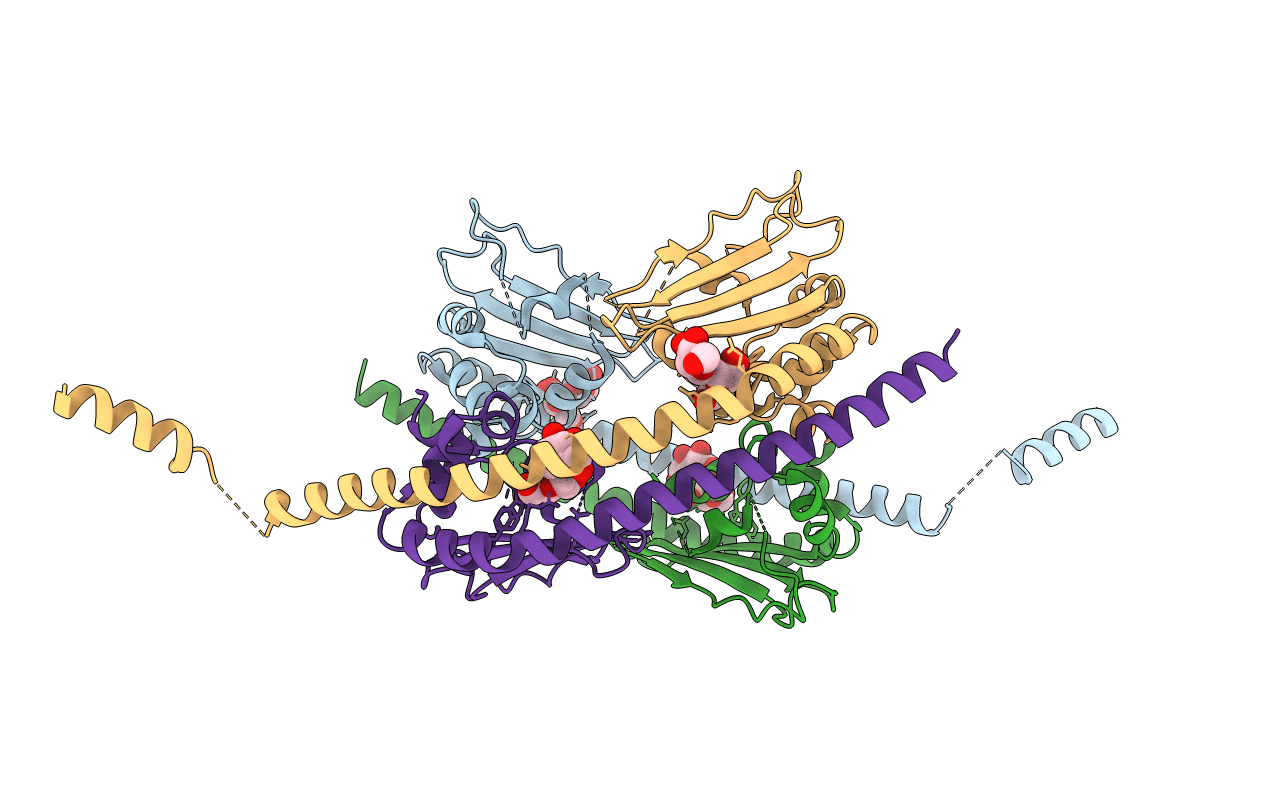
Deposition Date
2006-12-18
Release Date
2007-02-20
Last Version Date
2024-05-29
Method Details:
Experimental Method:
Resolution:
2.30 Å
R-Value Free:
0.27
R-Value Work:
0.21
R-Value Observed:
0.22
Space Group:
P 1 21 1


